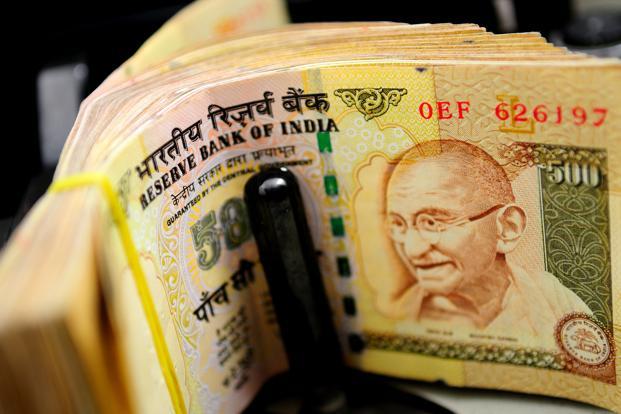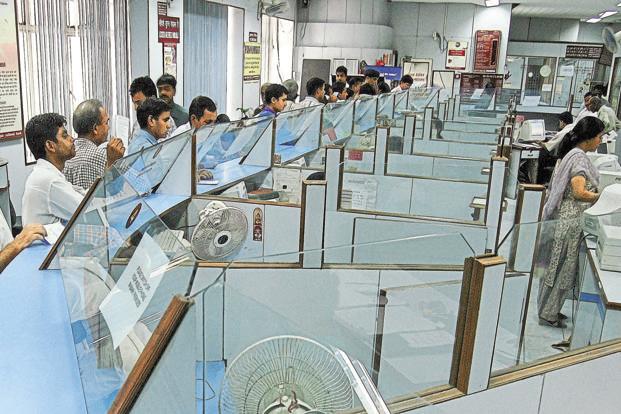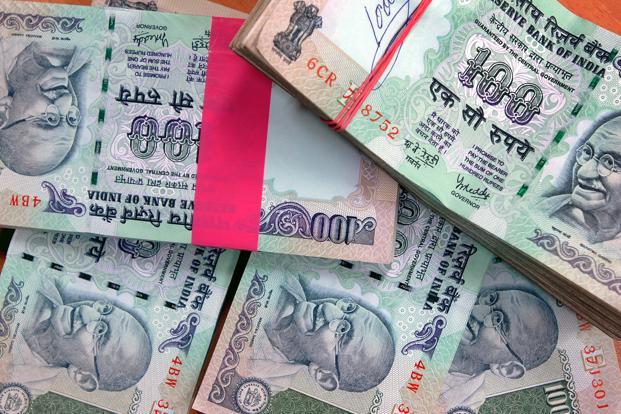The yield on the 10-year benchmark bond crossed 9% on Monday morning. It rose to as much as 9.13% before settling at around 9.09% at 12 noon, a level last seen in mid-August. In the last week alone, the 10-year bond yield has risen at least 30 basis points. One basis point is one-hundredth of a percentage point.
The Reserve Bank of India (RBI), in its second-quarter monetary policy review on 29 October, raised its repo rate or repurchase rate by 25 basis points, but at the same time it also pared the marginal standing facility (MSF) rate by an identical margin, in sync with market expectations. Following this, the 10-year bond yield dropped from 8.66% to 8.56% on that day. Since then, the yield has risen more than half a percentage point.
There are quite a few reasons behind the sudden rise in yields.
One, the strong US jobs growth data which has led to fears that the US Federal Reserve could soon start scaling back its stimulus. In other words, as the US economy seems to be on a firmer footing than expected by many analysts, the Fed might start tapering its $85 billion monthly bond purchases in January. Some 204,000 employees got jobs in October, double the number forecast by analysts. This is despite a partial US government shutdown for 16 days in early October.
Two, there are apprehensions that the inflation number could rise. Both wholesale and retail data will be released this week and many analysts expect them to rise. The wholesale price inflation in September quickened to 6.46% from 6.1% in August and a recent low of 4.58% in May. Besides, the July inflation data was revised upwards to 5.85% from the original estimate of 5.79%. Consumer price inflation, too, accelerated to 9.84% in September, sharply higher than 9.52% in August. What is more critical is that the core consumer price inflation quickened to 8.4% after slowing to 7.7% in June. If indeed inflation quickens, RBI could go for more rate increases.
Three, the public sector banks are not excited about buying bonds after they burnt their fingers in the September quarter following sudden rise in yields as the central bank sucked out liquidity and jacked up short-term rates to protect the local currency. The government has completed close to 70% of its Rs.5.79 trillion gross borrowing programme for fiscal 2014. There is adequate supply of government papers but demand from banks is not that animated and the yield is bound to rise because of a supply-demand mismatch.
Four, unlike in the regime of previous governor D. Subbarao, the Indian central bank under Raghuram Rajan has not been buying bonds from the market under the so-called open market operations, or OMOs. This also has an impact on the bond yield. RBI, in the past, has bought bonds worth at least Rs.1 trillion or more each year to generate liquidity as well as “manage” the yields whenever they rose beyond a point. But it has stopped doing so now.
Meanwhile, the rupee has crossed 63 per dollar and dropped to 63.33, sharply down from 62.47 seen last Friday. RBI, it is understood, is no more meeting the dollar demand of the oil marketing companies directly, outside the foreign exchange market. It has so far spent around $10 billion in meeting their demand directly. The dollar demand of the oil marketing companies is back in the market and this will be the real test for the currency.



